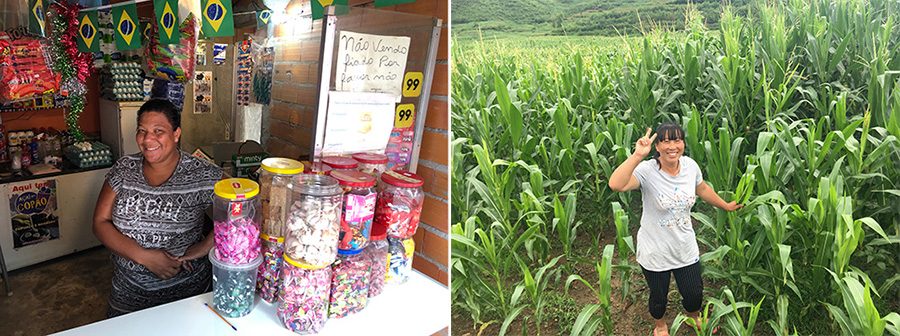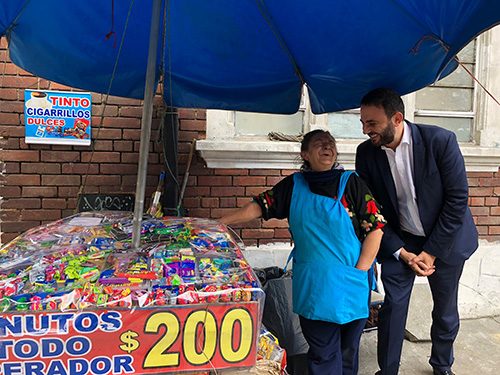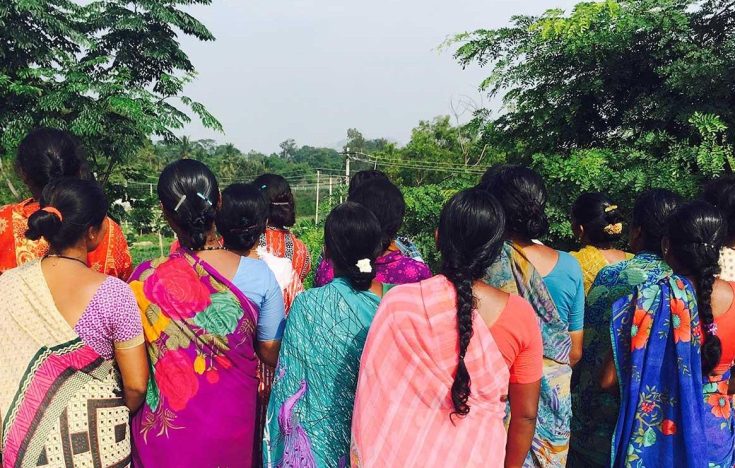Hello Alain and thanks for talking to us. First, how would you define microfinance?
Microfinance is about making financial products accessible to people who live below the poverty line – those who are “financially excluded”. These may be credit products, but also savings, insurance or money transfers, for example. The goal is to help those who want to develop a business, so that they in turn can improve their lives.So is it mainly for developing countries?
No, because unfortunately there is poverty everywhere, though it is relative – it’s not the same in India as in the US, for example. There are people all over the world who don’t have the financial resources or assets that are needed to obtain a regular bank loan.However, the model is not the same in developing countries as in mature ones. In developing countries, microfinance institutions need to be profitable in order to be sustainable. In mature countries on the other hand, high operating costs and low interest rates mean it is more difficult to make a profit, but private stakeholders – like BNP Paribas – can help, for example with grants. Most of these institutions can break even thanks to such grants.

Why is a big bank like BNP Paribas involved in microfinance?
BNP Paribas’ involvement in microfinance corresponds to our Corporate and Social Responsibility role. In our domestic markets, we don’t have the systems or processes to serve the kinds of people that could benefit from microfinance: you might say it’s a gap in our financial services. That’s why we work with microfinance institutions – providing loans and also entering into partnerships. We have even created microfinance institutions in Belgium and Luxembourg, and have a big stake in one in Italy.In other countries where we have corporate and institutional banking, we’re not equipped for retail banking at all, so there too we help microfinance institutions.
However, this is not philanthropy – it’s mainly social business. And it’s not because it’s social that anything goes. We carry out due diligence, we use our credit committees: we want the institutions that we help to be able to reimburse their debt and to be sustainable. We charge fair interest on our loans – but our aim is social rather than commercial, and we need only to break even.
We also measure the social performance of all the microfinance institutions we make loans to with a scoring tool, SPI4, designed by French non-profit Cerise. The aim is to get all the stakeholders in the market using the same tool, so that they speak the same language. When we benchmarked the performance of our microfinance partners against nearly 300 others, they came out 15 percentage points higher, showing that we pay great attention to social impact in our choice of partners.
What might we be surprised to learn about the Bank’s involvement in microfinance?
Perhaps the most surprising thing is that BNP Paribas has been involved in microfinance for 30 years! Banks’ involvement in “extra-financial” areas has boomed over the past 10 years, but our commitment dates back much longer than that.
Something else surprising – and in which we take great pride – is that we estimate that we have helped more than 1.8 million women across the world, contributing to women’s empowerment. And we helped 358,000 people through microfinance in 2018 alone. We are contributing to changing people’s lives – that is so important. And it really fits in with our slogan of being “the bank for a changing world”.
What are some of the challenges?
One challenge is to show that all financial businesses have something to gain with microfinance – for example funds and wealth management, where clients are increasingly interested in “social” performance. BNP Paribas Corporate and Institutional Banking is working with microfinance teams and investors to see how we can make this portfolio investable. If microfinance can bring us business, this would be a “win-win”, as it would allow us to develop our involvement even further.On a more personal note, what do you enjoy about your job?

What’s next for BNP Paribas in microfinance?
We are currently working with the United Nations to help two microfinance institutions, one in Colombia and one in Senegal, develop pilot microcredit schemes for sustainable agriculture. In this way, we want to foster “green” microfinance.At the moment, microfinance targets what is called the “double bottom line” – first and foremost social returns, but also fair financial returns on investment. With this latest collaboration we are looking to move towards the “triple bottom line”, adding in the category of environmental impact, which microfinance institutions currently do not often take into account.
